How To Grow Phlox With Emily Cupit: Important Considerations For Thriving Plants

PERENNIALS > PHLOX
Reviewed By COLIN SKELLY

Colin is a Horticulturist and Horticultural Consultant with experience in a range of practical and managerial roles across heritage, commercial and public horticulture. He holds the Royal Horticultural Society’s Master of Horticulture award and has a particular interest in horticultural ecology and naturalistic planting for habitat and climate resilience.
Contributions From EMILY CUPIT

Emily is a Gardening Writer, Photographer and Videographer from Derbyshire, UK. She is the Founder of Emily's Green Diary - a community of more than 75,000 people who share in her gardening journey.
These herbaceous show-stoppers are favoured in borders up and down the country.
Mostly available in the tall, perennial form, there are also certain annual varieties more suited to bedding.
Whichever cultivar you opt for, you’ll be rewarded with delightful clusters of star-shaped flower-heads during blooming season, which generally runs from July to September but can vary depending upon species.
What’s more, they’re not just a pretty face – they also smell divine.
That makes them a firm favourite not just with the human population, but with bees, butterflies and other pollinators, too.
Overview
| Botanical Name | Phlox |
| Common Name(s) | Phlox, Border Phlox |
| Plant Type | Herbaceous Perennial (some annual species) |
| Native Area | North America |
| Hardiness Rating | H6/H7 |
| Foliage | Deciduous |
| Flowers | Panicles of five-petaled flowers |
| When To Plant | Spring or Autumn |
| Harvesting Months | June, July, August |
| When To Prune | Deadhead after flowering (summer) |
Sunlight
Preferred
Full Sun or Partial Shade
Exposure
Any
Size
Height
Up to 1.2M
Spread
Up to 70CM
Bloom Time
Summer
Soil
Preferred
Clay, Loam or Soil
Moisture
Moist but well drained
pH
Alkaline
Due to their ease of cultivation and the hardiness with which they endure British winters, phlox are a popular option in herbaceous borders throughout the country.
They originally hail from North America (though there is one cultivar native to Siberia), meaning the switch to the UK climate is not a drastic one.1Gentry, K. (2018, May 1). Native Phlox: A Virginia Garden Gem. Loudoun Wildlife Conservancy. Retrieved March 22, 2023, from https://loudounwildlife.org/2018/05/native-phlox-a-virginia-garden-gem/

Though most varieties of phlox are quite tall, their stems are generally quite robust and don’t often require staking unless exposed to particularly harsh wind conditions.
Having said that, there are also a number of low-growing varieties which make attractive bedding and ground cover options.
Phlox Types
In the wild, phlox plants are capable of exceeding 2m in height.
However, years of breeding have refined them to a more manageable stature, with most cultivars now reaching between 1-1.2m at most.
They’re available in a wide variety of colours, while smaller specimens can also be obtained. The most common types include:
P. paniculata
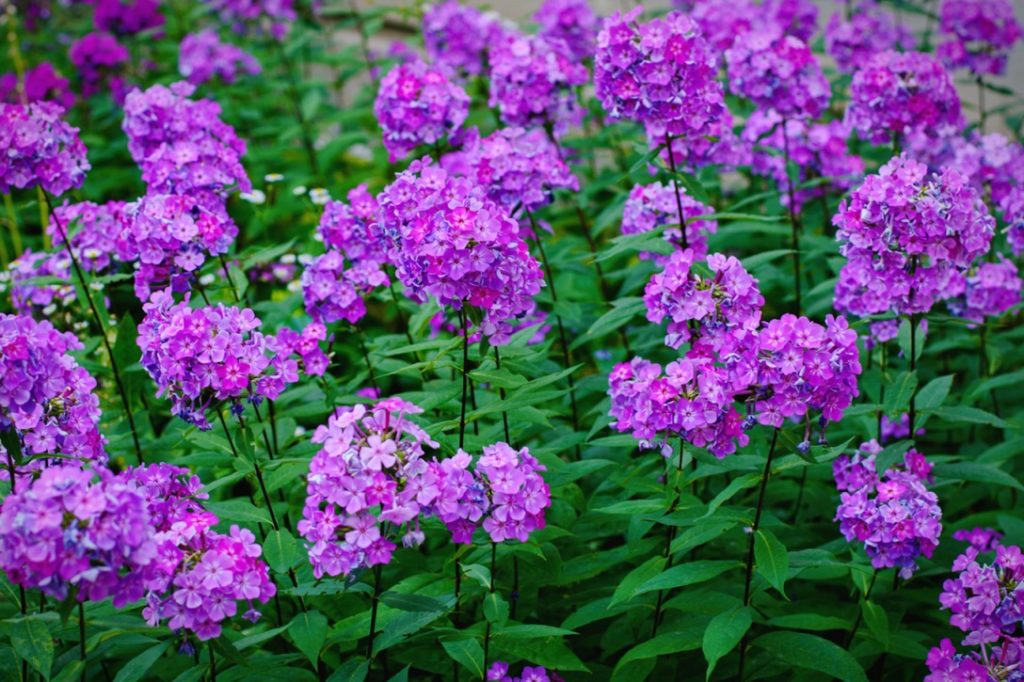
This variety of phlox is undoubtedly the most popular species of phlox in the UK.
‘Blue Paradise’ is a popular option growing to 1.2m which, despite its name, bears gorgeous violet flowers.2Phlox paniculata “Blue Paradise.” (n.d.). Royal Horticultural Society. Retrieved March 22, 2023, from https://www.rhs.org.uk/plants/50575/phlox-paniculata-blue-paradise/details
‘Purple Eye Flame’ is a smaller alternative (up to 40cm in height and spread) with petals of a deeper purple melting into white at the centre.
P. divaricata

A woodland breed of phlox, this group of plants requires partial shade and terrain that’s rich in humus to replicate the conditions of a forest.
With a spread (50cm) greater than its height (35cm), it’s perfect for cultivating in picturesque clumps beneath deciduous trees or at the periphery of a colourful border.
“I have been a huge fan of Phlox divaricata ever since I saw it growing on the High Line, a raised public park in New York,” shares Master Horticulturist Colin Skelly.
“A spring bloomer, it is a good woodland plant to fill the gap between spring bulbs and early summer flowers.”
P. drummondii
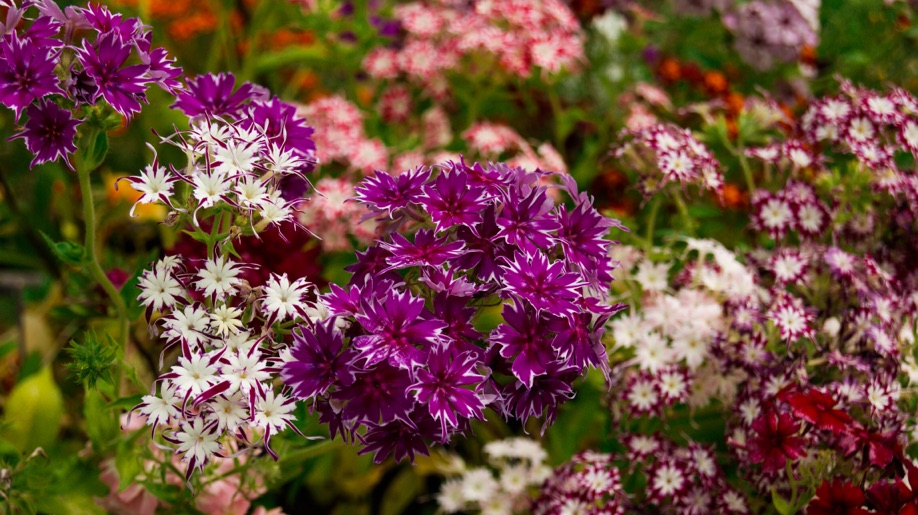
Unlike most varieties of phlox, this species is an annual which is most popular as a bedding plant for its vibrant display during the summer months.
It spreads readily, making it an excellent option for plugging gaps, and its beautiful blossoms, which cover the whole spectrum of blue and purple, look great in containers or as cut flowers.
See more interesting varieties of Phlox in this guide.
Where To Grow Phlox
As mentioned above, phlox are generally revered for their ability to enliven borders.
Unsurprisingly, taller varieties work well to the rear of a border, while smaller ones are perfect for the front or for filling in empty patches in beds and rockeries.
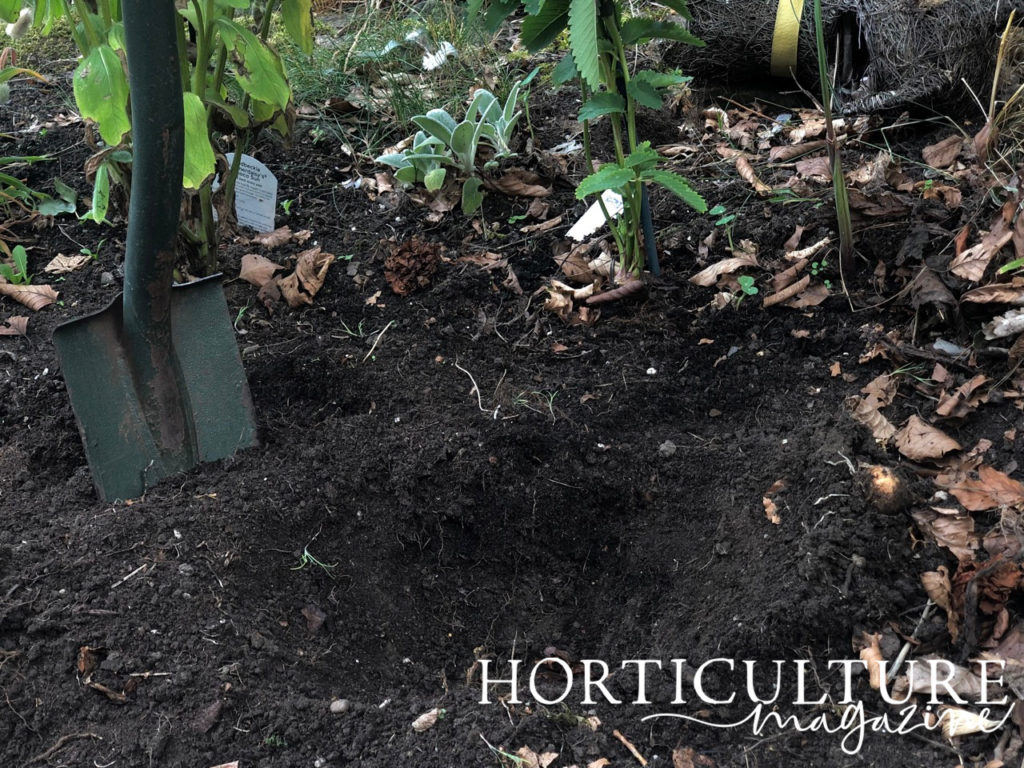
They also appreciate a decent amount of sunshine, though woodland varieties do better in partial shade.
Take advantage of the favourable conditions in spring and autumn by planting them when the terrain is still moist and warm.
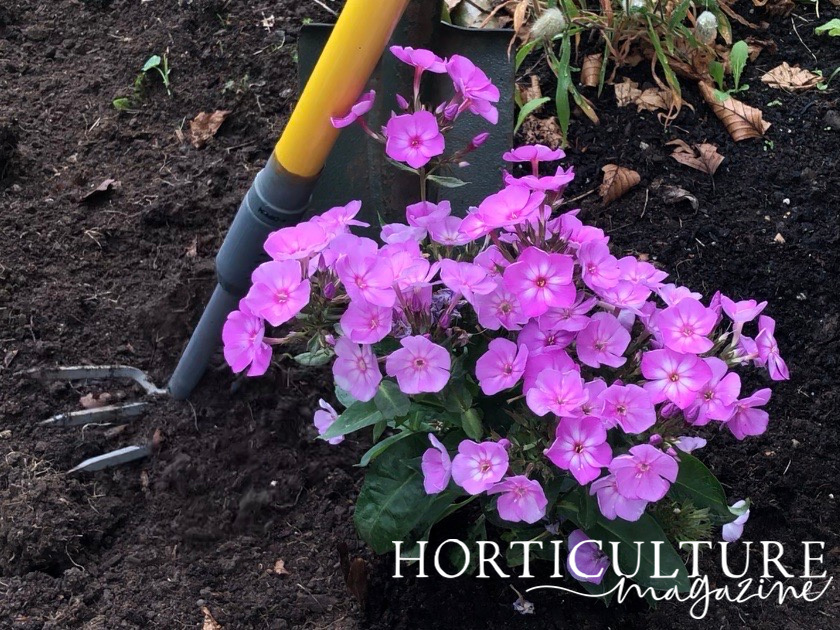
Ongoing Plant Care
As unfussy plants, phlox are generally not that demanding in terms of the TLC you bestow upon them, especially perennial varieties which have had time to properly establish themselves.
However, you’ll still want to pay attention to the following:
Watering

Phlox will require copious amounts of watering upon initial planting to help the roots get a good grip on the terrain.
Thereafter, they don’t require any irrigation, unless you’re hit by a long period of dry weather.
They do enjoy a drink so don’t let them die of thirst – at the first sign of wilting foliage, give them a good dousing.
Water at the base and target the roots rather than overhead, and do so in the morning before the heat of the day dries the moisture.
Light Requirements

Most varieties of phlox enjoy exposure to full sun, but will also tolerate dappled shade and woodland varieties actually prefer it.
Soil Requirements
Phlox are generally undemanding creatures and will do well in most soil types, as long as there is good drainage but not too much aridity.
Sandy soils, or those which do not receive much rainfall, should be enhanced with organic mulch and irrigated thoroughly.
Fertilising

Fertiliser should only be necessary if growing phlox in poor quality or particularly arid soil.
In that case, use organic mulch to improve the terrain and retain moisture when planting and afterwards, or else feed with a commercial fertiliser every spring.
Common Pests
Although generally free from pests and diseases, powdery mildew can develop on plants which aren’t receiving enough water.
Spider mites and eelworm can also damage foliage and stunt growth.
Rabbit and deer can also pose a nuisance.
Companion Planting
The vibrancy of phlox’s blooms is the chief reason why people opt for it, so position it wherever you require a dash of colour to brighten up drab surroundings.
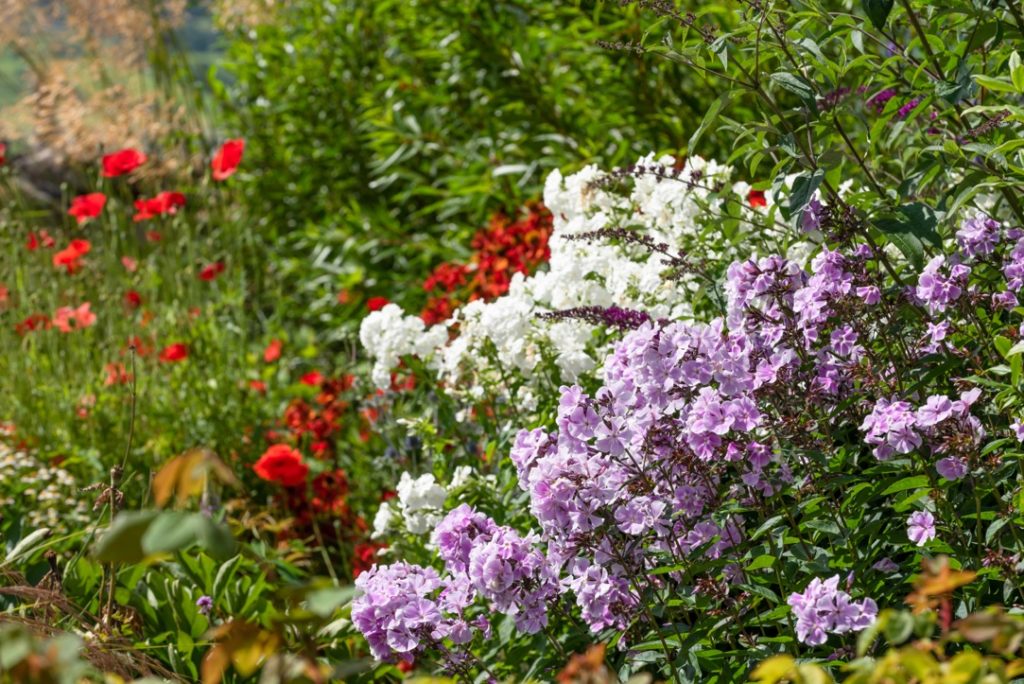
You can mix them in with other herbaceous perennials, such as abelias, campanulas, delphiniums, geraniums, monardas, poppies and red hot pokers, or else make them the star of the show by contrasting with ornamental grasses.
References
- 1Gentry, K. (2018, May 1). Native Phlox: A Virginia Garden Gem. Loudoun Wildlife Conservancy. Retrieved March 22, 2023, from https://loudounwildlife.org/2018/05/native-phlox-a-virginia-garden-gem/
- 2Phlox paniculata “Blue Paradise.” (n.d.). Royal Horticultural Society. Retrieved March 22, 2023, from https://www.rhs.org.uk/plants/50575/phlox-paniculata-blue-paradise/details

